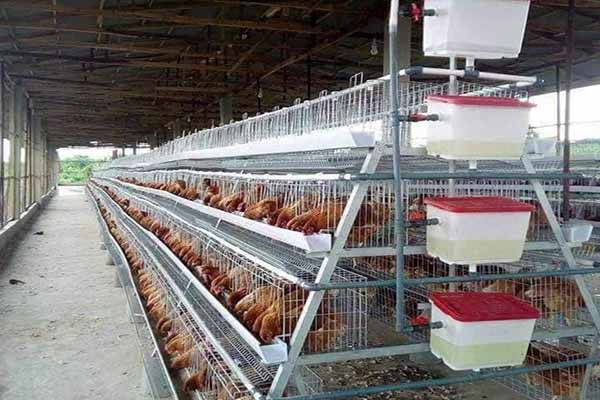Battery Cage System for 10,000 Laying Hens in Kenya: A Comprehensive Guide
Introduction to Battery Cage Systems
Battery cage systems are a popular choice for commercial poultry farming, especially for laying hens. This method ensures optimal space utilization, reduces the risk of disease, and increases egg production. In Kenya, where the poultry industry is rapidly growing, implementing an efficient battery cage system for 10,000 laying hens can significantly enhance farm productivity.
Key Components of a Battery Cage System
A typical battery cage system for 10,000 laying hens includes the following components:
- Cages: These are designed to provide adequate space for each hen, with a standard size of 0.6 to 0.8 square meters per bird.
- Feeding Systems: Automated feeding systems ensure that hens receive a balanced diet, contributing to their health and productivity.
- Watering Systems: Access to clean, fresh water is crucial for the well-being of the hens.
- Manure Management: Proper manure management systems are essential to maintain a clean and hygienic environment.
- Environmental Control: Temperature, humidity, and ventilation are crucial factors for the health and productivity of laying hens.
Benefits of a Battery Cage System for 10,000 Laying Hens in Kenya
Implementing a battery cage system for 10,000 laying hens in Kenya offers several benefits:
- Increased Egg Production: Battery cage systems are designed to optimize egg production, with laying hens producing up to 300 eggs per year.
- Reduced Disease Risk: The enclosed nature of battery cages minimizes the risk of disease transmission among hens.
- Space Efficiency: Battery cages allow for efficient use of space, maximizing the number of hens that can be housed in a given area.
- Reduced Labor Costs: Automated feeding and watering systems reduce the need for manual labor, resulting in lower operational costs.
Case Study: Successful Implementation of a Battery Cage System in Kenya
A Kenyan poultry farm successfully implemented a battery cage system for 10,000 laying hens. The farm reported the following results:
- Egg production increased by 20% compared to traditional floor systems.
- Disease incidents decreased by 50%.
- Operational costs decreased by 15%.
Conclusion
Investing in a battery cage system for 10,000 laying hens in Kenya can significantly enhance the productivity and profitability of your poultry farm. By following best practices and choosing the right equipment, you can ensure a successful implementation.
For more information on battery cage systems and to receive a free, customized poultry farm design and equipment quote, please contact us at LIVI Mechanical. We are committed to helping you achieve your poultry farming goals.





